Invented by Vito J. Palombella, David G. Winkler, Infinity Pharmaceuticals Inc
Lupus is a chronic autoimmune disease that affects multiple organs and tissues, including the skin, joints, kidneys, and brain. It is caused by an overactive immune system that attacks healthy tissues, leading to inflammation and tissue damage. PI3 kinase inhibitors have been shown to reduce inflammation and improve disease symptoms in lupus patients. In a recent clinical trial, a PI3 kinase inhibitor called umbralisib improved skin and joint symptoms in patients with cutaneous lupus erythematosus, a type of lupus that affects the skin.
Fibrosis is a condition characterized by the accumulation of scar tissue in organs such as the lungs, liver, and kidneys. This scar tissue can impair organ function and lead to organ failure. PI3 kinase inhibitors have been shown to reduce fibrosis in preclinical models of lung and liver fibrosis. In a recent clinical trial, a PI3 kinase inhibitor called buparlisib reduced liver fibrosis in patients with non-alcoholic steatohepatitis (NASH), a type of liver disease.
In addition to lupus and fibrosis, PI3 kinase inhibitors are being investigated for other conditions, including cancer, cardiovascular disease, and neurological disorders. Several PI3 kinase inhibitors have been approved for the treatment of cancer, including breast cancer and lymphoma. These drugs work by inhibiting the growth and survival of cancer cells. PI3 kinase inhibitors are also being studied for the treatment of cardiovascular disease, as they can improve blood vessel function and reduce inflammation. In preclinical models of neurological disorders, PI3 kinase inhibitors have been shown to improve cognitive function and reduce inflammation.
The market for PI3 kinase inhibitors is expected to grow in the coming years, as more clinical trials are conducted and new drugs are developed. However, there are some challenges to the development of these drugs, including toxicity and off-target effects. PI3 kinase inhibitors can cause side effects such as diarrhea, nausea, and fatigue, and they may also increase the risk of infections. Researchers are working to develop more selective PI3 kinase inhibitors that target specific isoforms of the enzyme, which may reduce toxicity and improve efficacy.
In conclusion, the market for treatment with PI3 kinase inhibitors for lupus, fibrotic, and other conditions is a rapidly growing field. These drugs have shown promise in reducing inflammation, improving organ function, and reducing fibrosis in preclinical and clinical studies. However, more research is needed to fully understand the potential of these drugs and to develop safer and more effective treatments for patients.
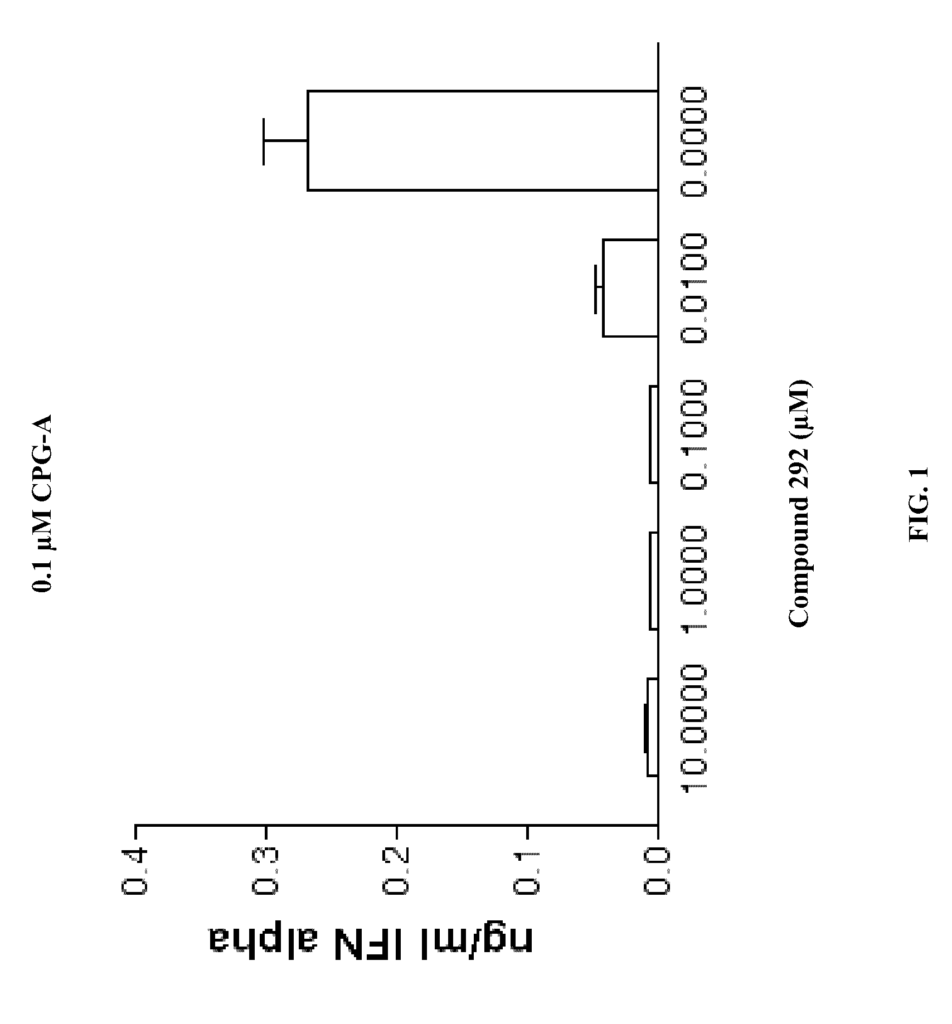
The Infinity Pharmaceuticals Inc invention works as follows
Provided are pharmaceutical compositions, methods, and kits that include a drug regimen that includes a PI3 kinase inhibitor to treat lupus, a condition that causes fibrosis, inflammatory myopathies, and other conditions, such as skin conditions.
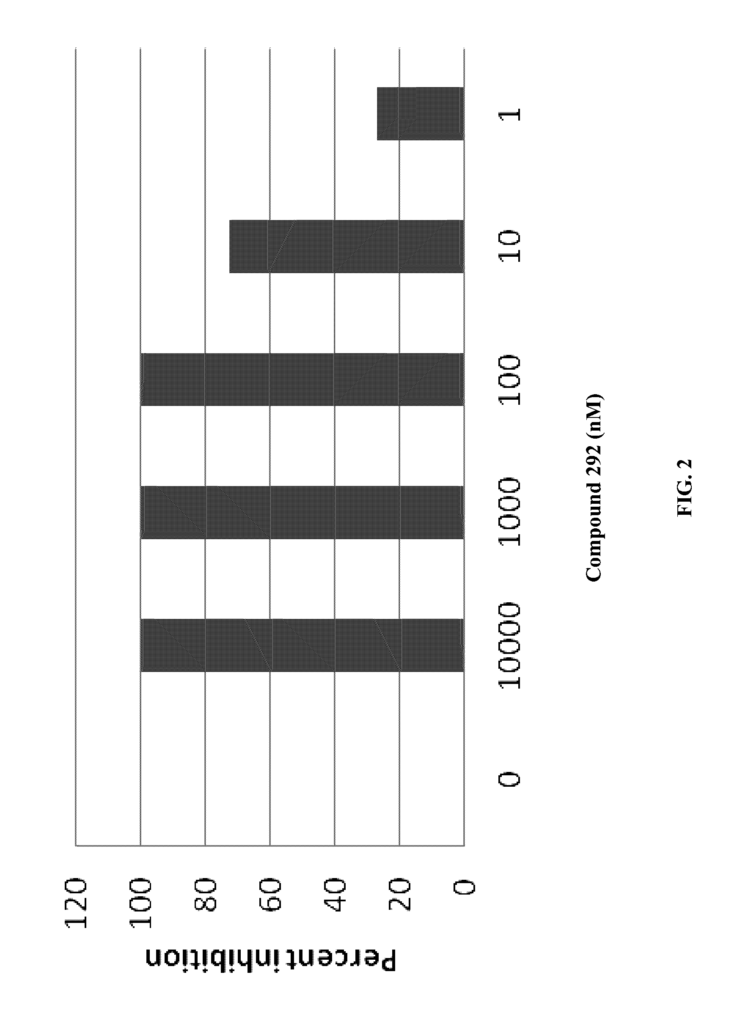
Background for Treatment with PI3 kinase inhibits for lupus, fibrotic and other conditions
Lupus refers to a set of conditions that have similar underlying mechanisms and involve autoimmunity. These conditions result in antibodies that are created by the body to fight antigens (e.g. bacteria, viruses) becoming unable to distinguish between healthy and diseased tissue. The body’s healthy tissues are now being attacked by the antibodies it has created to protect it. Lupus can be caused by viruses, bacteria, allergens (both IgE or hypersensitivity), hormones, estrogens, environmental stimulants (e.g. sunlight, ultraviolet light, stress, smoking and trauma, scratching and burn, coldness) and certain medications.
Lupus is a chronic condition in which symptoms and signs can change over time. Common symptoms include joint pain, stiffness, muscle aches, or pains, fever without a known cause, feeling very tired, butterfly-shaped rash across your nose and cheeks, unusual weight loss or gain, kidney problems with no known cause, chest pain when you take a deep breathe; light sensitivity to sun and heat; hair loss; and pale or pale fingers and toes due to cold or stress. Blood clots and strokes, bloody noses or sores in the nose, severe headaches, dizziness, vision problems, bloody eyes, dizziness, and severe headaches are some of the more common symptoms. Feeling sad or uneasy, not being able judge reality, or feeling depressed. Lupus can also increase your risk of developing other diseases or cause other diseases to develop earlier in life. These diseases include osteoporosis and heart disease. See, e.g., Lupus Fact Sheet by the U.S. Department of Health and Human Services, Office on Women’s Health (womenshealth.gov/publications/our-publications/fact-sheet/lupus.cfm; accessed Jun. 18, 2012).
Types of lupus include, for example, systemic lupus erythematosus (SLE), cutaneous lupus erythematosus (CLE) (CLE includes, e.g., acute cutaneous lupus erythematosus (ACLE), subacute cutaneous lupus erythematosus (SCLE), intermittent cutaneous lupus erythematosus, and chronic cutaneous lupus), drug-induced lupus, and neonatal lupus. SLE accounts for approximately 70% of all cases. SLE can cause symptoms of CLE that are not visible on the skin.
Lupus is most common in young women. Women between the ages 15 and 45 are more likely to be diagnosed with Lupus than men. Lupus is more common in African-American, Latina and Asian women than it is in white women. Before puberty, and after 50, men are more likely to develop lupus. The prevalence rate for African-American women aged between 15 and 64 is one in 245. Lupus is one of the most prevalent chronic diseases in this group of women, with a prevalence rate of 1 per 245 African-American females. See, e.g., lupus.org/webmodules/webarticlesnet/templates/newempty.aspx?articleid=413&zoneid=99, accessed Jun. 18, 2012.
Fibrotic conditions are diseases that cause fibrous tissue to build up over normal organ tissue. Fibrotic conditions are when normal wound healing processes go haywire, creating extra scar tissue which can be dangerous. Fibrotic conditions may affect one organ or tissue, or they could affect multiple organs and tissues. Atherosclerosis, scleroderma and chronic graft-versus-host disease are all examples of systemic Fibrotic Diseases. Fibrotic conditions can affect any part of your body. Fibrotic conditions can cause damage to the heart, liver, skin, kidneys and eyes.
Fibrotic conditions can affect large numbers of people. Atherosclerosis will impact approximately 25% of Americans over their lifetime. Quality of life can be affected by fibrotic conditions. Fibrotic conditions can lead to serious health problems such as difficulty breathing, kidney disease, and blindness. Fibrotic conditions can also lead to death. Tissue fibrosis is responsible for 45 percent of all deaths worldwide in advanced countries.
Inflammatory myopathies refer to diseases that cause inflammation of the muscles and other symptoms such as weakness. Muscle weakness can cause difficulty in moving. This can include difficulty walking, breathing and swallowing. Inflammatory myopathies may be due to allergic reactions, other diseases, the exposure to a drug or xin, or an infection. They can also be idiopathic (no known causes). Inflammatory myopathies can include polymyositis (dermatomyositis), inclusion body myositis or immune-mediated necrotizing myopathies. Sometimes, dermatomyositis is characterized by primarily skin symptoms and no visible muscle symptoms. Both adults and children can be affected by inflammation myopathies (e.g. juvenile dermatomyositis). Inflammatory myopathies may also affect other organs and systems, such as the skin or lungs, heart, eyes, stomach, and digestive system. Although they are rare, inflammatory myopathies have been common (see, for example, Smoyer Tomic and K. C. (2012) BMC Musculoskeletal Disorders 13:103). They can lead to serious or even fatal complications.
Inflammatory skin conditions such as skin rashes or allergic reactions are quite common. Itchy and painful skin rashes can lead to severe symptoms, such as itching and/or swelling. Hay fever and other associated symptoms can also be uncomfortable and debilitating. Anaphalaxis, which can be caused by allergic reactions, is another serious consequence.
Effective treatments are needed for lupus and fibrotic conditions, inflammation myopathies, skin disorders, and other associated symptoms.
Herein are methods, compositions and kits for treating or preventing lupus, which can be a fibrotic condition (e.g. fibrosis), and inflammatory myopathies (e.g. myositis), and other disorders (e.g. skin conditions, such as skin rashes). These methods, compositions, and kits include the administration of a PI3K inhibition to a subject (e.g., a mammalian or human subject) alone or in combination.
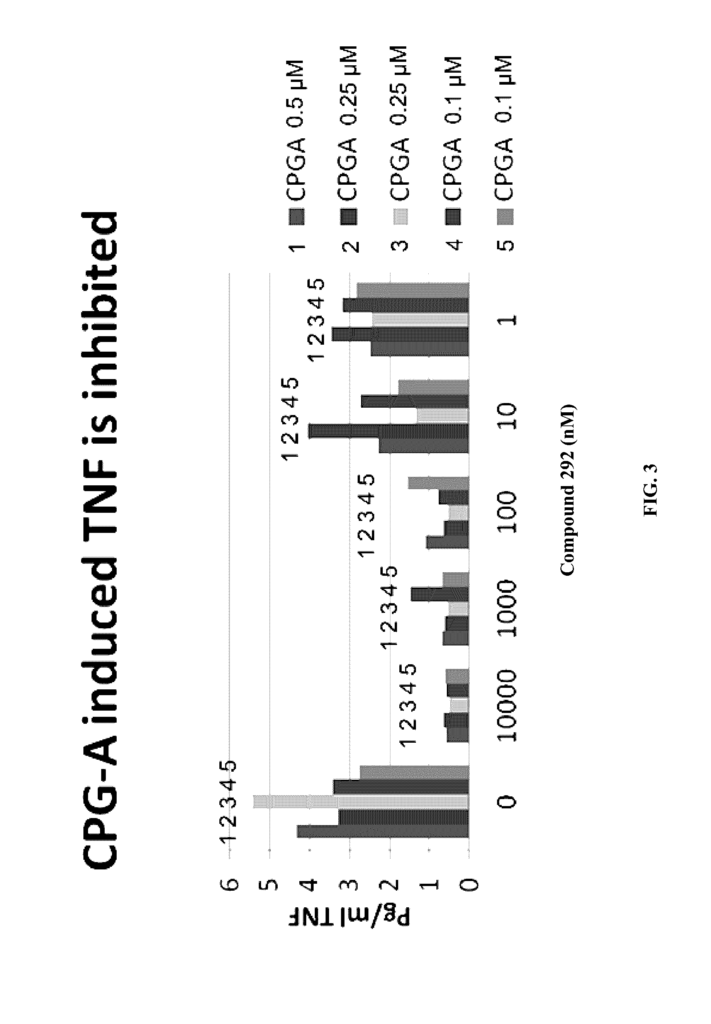
The invention discloses at least partially that a PI3 kinase inhibitor (PI3K), can be used as a single agent, or in combination with other therapies to ameliorate lupus in a subject (e.g. by decreasing one or several lupus-associated symptoms in a mammalian subject). Any combination of symptoms that are known to be associated with lupus can be treated. The experimental conditions used to evaluate the effects of a PI3K inhibit on lupus relief in animal models such as systemic lupus erythematosus are disclosed.
In one aspect, the invention discloses a method for reducing a Lupus-associated symptom (e.g. one or more Lupus-associated symptoms) in a subject. The method involves administering to the subject a PI3K inhibition (e.g. as a single agent, or in combination with another therapeutic modality), in a sufficient amount to decrease or inhibit lupus symptoms. One embodiment of the method is performed in vivo. This could be in a mammal subject, such as an animal model, or as part a therapeutic protocol. Some embodiments allow the use of biological samples from subjects with lupus or at high risk for developing it. Some embodiments allow the biological sample to be contacted outside of the body with the PI3K inhibitor and then introduced into a subject’s body.
Another aspect of the invention is a method for treating or preventing Lupus in a subject. This method involves administering a PI3K inhibition (e.g., single or combined with another therapeutic modality) to a subject who is suffering from lupus. The amount administered should be sufficient to reduce lupus symptoms.
In some embodiments, the Lupus is selected from one or more systemic lupus. lupus. nephritis. cutaneous manifestations (e.g. skin lesions or rash); CNS.
In some instances, the lupus may be selected from systemic lupus erythematosus(SLE), cutaneous lupus erythematosus(CLE), drug-induced lupus and/or neonatal lupus (Neonatal Lupus).
In some embodiments, a lupus can be a CLE. “In some embodiments, the intermittent CLE may be selected from chronic discloid lupus erythematosus or lupus erythematosus profoundus (LEP), also known as lupus erythematosus pananiculitis (LUP).
Exemplary symptoms of Lupus include: joint pain and stiffness, muscle aches, pains or weakness; fever; malaise; skin manifestations (e.g. butterfly-shaped rash across your nose and cheeks; or other skin rashes); neurological or neuropsychiatric problems (e.g. nephritis or glomerulonephritis); kidney problems (e.g. Raynaud?s phenomenon, Nail fold telangiecta sions, Type I-?interferons)? and/or IFN-? Interleukins (e.g. IL-6 and IL-8, IL-1 and IL-18), and TNF-? IL-6, IL-8, IL-1, & IL-18) and TNF-? Symptoms can also be evaluated using scales and assays (e.g. Systemic Lupus Activity Measure-Revised, SLAM-R), as described and/or exemplified in this document and/or as is known in the art.
In some cases, lupus can be characterized by nephritis (e.g. glomerulonephritis or interstitial nephritis or protein cast severity), proteinuria or spleen inflammation. In some embodiments, the symptom may be glomerulonephritis. In some embodiments, the symptom can be a complex immune response. Some embodiments show lupus-like symptoms that manifest as cutaneous manifestations. Some embodiments show the symptom as an overexpression of IFN?, TNF?, IL-6 or IL-8. In some embodiments, the symptom may be overexpression of IFN -?.”.
Disclosed herein are PI3 kinase inhibitors (PI3K), for use in combination with one or several additional therapies (e.g. an additional agent) to reduce fibrotic conditions in mammalian subjects. The experimental conditions used to evaluate the anti-fibrotic effect of a PI3K inhibit in animal models of fibrosis include liver fibrosis and bone marrow fibrosis.
Accordingly, the present invention provides a method for reducing fibrosis within a cell or tissue. A PI3K inhibitor is used to contact fibrotic cells or tissues with a therapeutic modality or single agent. The amount of the inhibitor can be sufficient to inhibit or decrease fibrosis. One embodiment of the method is performed in vivo in a mammalian subject. This could be a model animal or part of a therapeutic protocol. One embodiment describes fibrosis in a subject suffering from a fibrotic disorder, such as the one described herein.
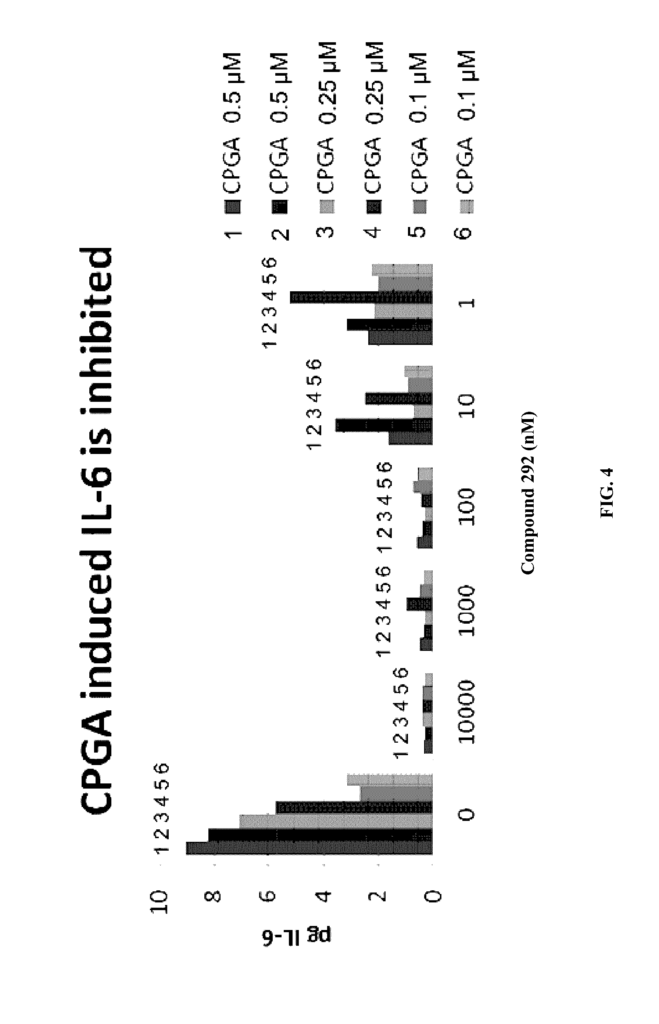
Another aspect of the invention is a method for treating or preventing fibrotic conditions in a subject.” This method involves administering a PI3K inhibition (e.g., single or combined with another therapeutic modality) to a subject who is in need of it in a dose sufficient to reduce or inhibit the fibrotic condition.
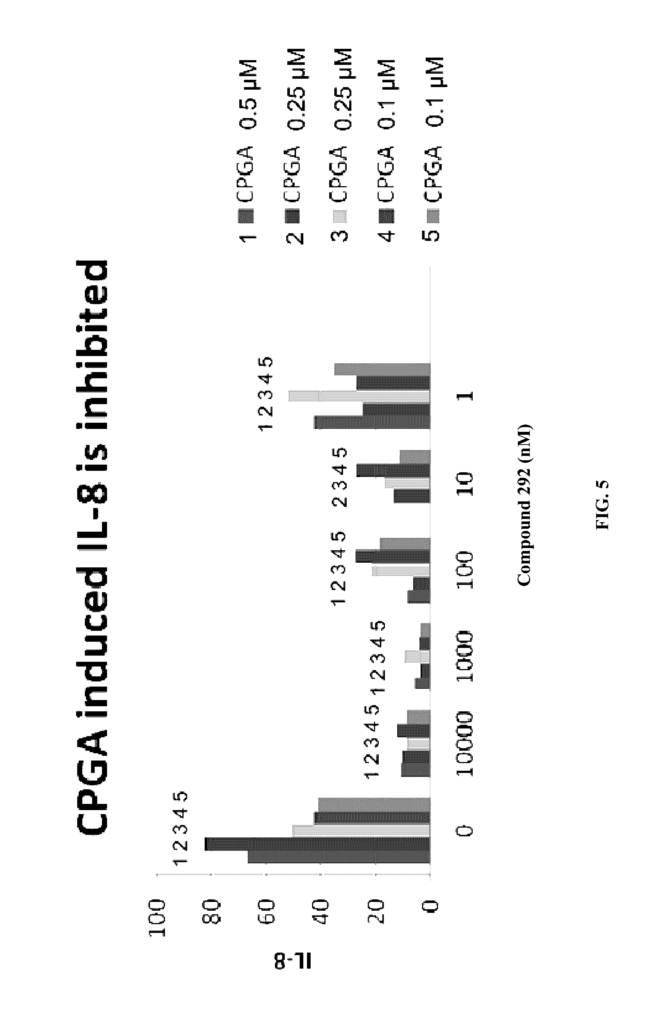
Click here to view the patent on Google Patents.
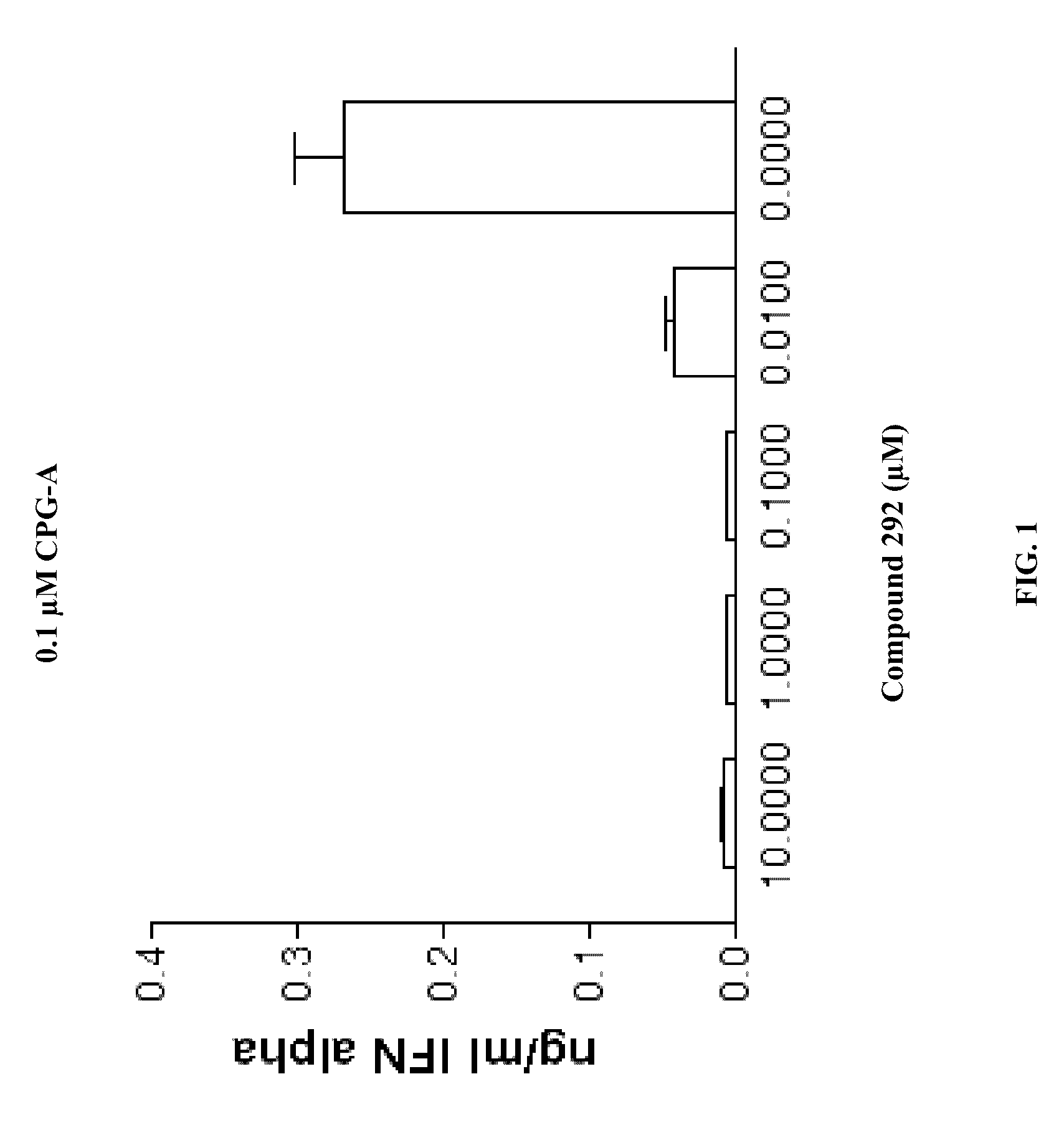
Leave a Reply